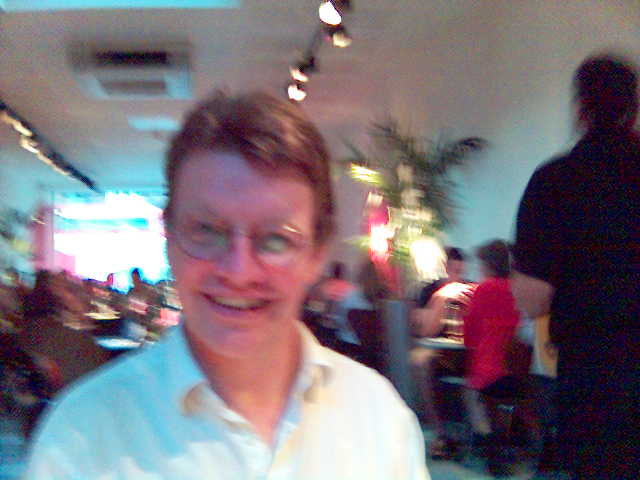Though it has mysteriously decided not to release it on DVD, the BBC has thankfully been re-broadcasting (on BBC 2) its superb series on early Christian art - a rich mixture of the history of society and ideas, reflective spirituality, theological revisionism and artistic creativity. Art historian Andrew Graham-Dixon sets out to unravel the mysteries of painting from the pre-perspective era - or rather from the era in which a decision was made to abandon mundane naturalism for a transcendent topography.
 Tellingly, Raphael described the solidly representational Arch of Constantine as "brutal and primitive". This is a judgement which with hindsight we might share politically, if not artistically. The subsequent 'approved' Mosaic tradition accommodated Jesus to Apollo. Humility gave way to power. Meanwhile, Eastern Christian iconography sought to overcome the iconoclastic objection (you cannot and should not imprison the divine in an image) by creating images that are designed to be looked through, rather than at. They are windows onto a world without end.
Tellingly, Raphael described the solidly representational Arch of Constantine as "brutal and primitive". This is a judgement which with hindsight we might share politically, if not artistically. The subsequent 'approved' Mosaic tradition accommodated Jesus to Apollo. Humility gave way to power. Meanwhile, Eastern Christian iconography sought to overcome the iconoclastic objection (you cannot and should not imprison the divine in an image) by creating images that are designed to be looked through, rather than at. They are windows onto a world without end.The first programme in the Art of Eternity series (tonight) traces the beginnings of Christian art in the declining Roman Empire, Egypt and medieval France, and discusses the ideas which lay behind the transition from classical art to the first icons. Over the next two weeks, we move to Istanbul and the Byzantine Empire, then on to the evolutionary perspective of the Renaissance. Wonderful. Lux continua.

No comments:
Post a Comment